Walid Mansour
In a move aimed at saving his falling regime, Iran’s supreme leader Ayatollah Ali Khamenei delivered a rare sermon at Friday prayers in Tehran. Khamenei has not delivered any Friday sermons for almost eight years.
He used to deliver sermons at Friday prayers when something serious happened impacting the mullah regime. In each crisis, he sought to send a number of messages through his sermons.
In 2009, Khamenei delivered a sermon during widespread protests in Iran contesting the results of a presidential election that became known as the Green Movement, led by reformists Mehdi Karroubi and Hossein Mousavi said the Iranian polls were rigged for Mahmoud Ahmadinejad (Iran’s president between 2005 and 2013).
The sermon mitigated the Iranian protests then, but a divide has hit Iran’s regime. Karroubi and Mousavi have been under house arrest since then.
In 2012, Khamenei delivered another sermon in response to US President Barack Obama’s statement, in which Obama said all options were open to prevent Tehran from obtaining nuclear weapons.
However, Friday’s sermon this time was completely different on the back of domestic and foreign crises facing Tehran. Demonstrations took place in more than 134 regions in Iran. The protesters accused the regime of failure and torn Khamenei’s photos in in the rallies. There has been public anger over
The regime’s handling of the bombing of the Ukrainian plane, especially after the US killed Qasem Soleimani, commander of the Quds Force.
Iran’s Supreme Leader wanted to send a number of messages through the sermon. Most importantly, he wanted to soothe domestic hot situation and restore the regime’s lost respect. He also wanted to assert that he is still the supreme leader in control of all the government’s affairs, especially after President Hassan Rouhani held the Revolutionary Guard Corpse and Khamenei responsible for the country’s deteriorating situation and economic turmoil.
In conclusion, Khamenei’s sermon can be described as a “mobilization sermon” to reunite the Iranian people. He used some verses of the Holy Qur’an labeling the missile attack on the US bases in Iraq as “days of Allah”, in an attempt to make the Iranian strike holy.
Khamenei described Iran’s conflict with the West as a religious one and not a political conflict using words like “conspiracy” in describing the protests, which called for dropping the Iranian expansionary plots in Iraq, Lebanon and elsewhere.

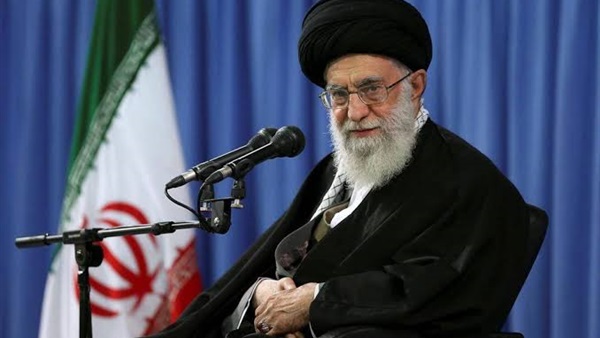
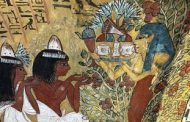
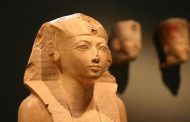
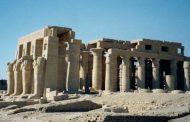
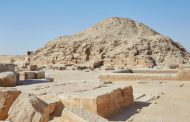
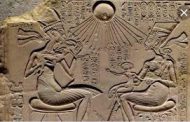
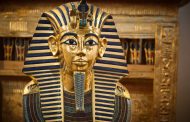
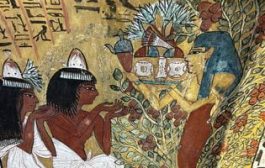
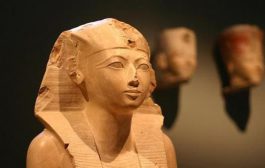
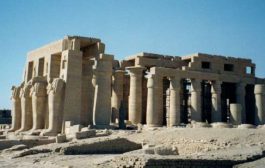
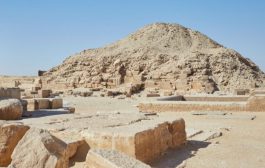
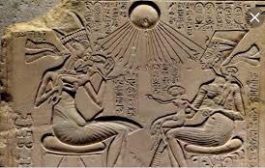












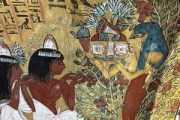
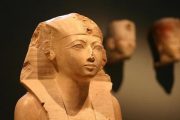
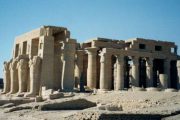
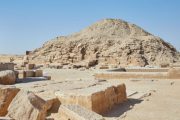
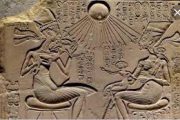

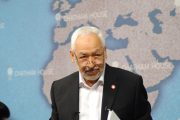

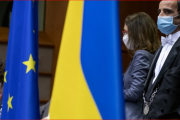

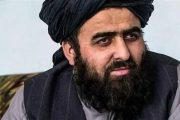



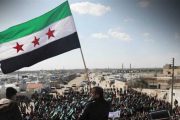
admin in: How the Muslim Brotherhood betrayed Saudi Arabia?
Great article with insight ...
https://www.viagrapascherfr.com/achat-sildenafil-pfizer-tarif/ in: Cross-region cooperation between anti-terrorism agencies needed
Hello there, just became aware of your blog through Google, and found ...